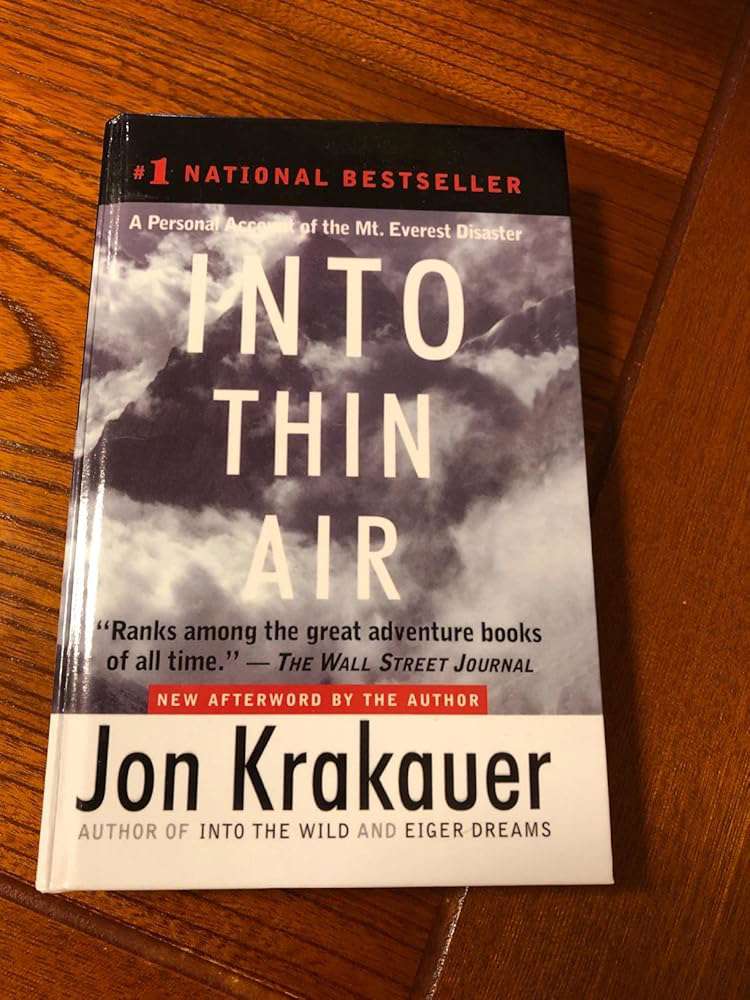
Jon Krakauer's Into Thin Air isn't just another adventure book—it's a visceral, unflinching autopsy of the 1996 Everest disaster that left me emotionally wrecked yet utterly addicted. As someone who devours mountaineering stories, I’ve never encountered one that blends raw honesty with such literary craftsmanship.
The Good: Krakauer’s writing is hypnotic. You feel the -40°F wind slicing through your jacket, taste the metallic tang of oxygen deprivation, and viscerally experience the moral dilemmas of leaving teammates behind. His portraits of fellow climbers—like Rob Hall’s paternal leadership or Andy Harris’s tragic confusion—make their fates devastatingly personal. The pacing is masterful; even knowing the outcome, I found myself speed-reading through blizzard sequences with my heart pounding.
The Bad: Some sections detailing logistics (oxygen tank swaps, fixed rope protocols) can feel technical for casual readers. The lack of photos (mentioned by other reviewers) is frustrating when visualizing the Hillary Step or South Col terrain.
Real Talk: This book haunted me for weeks. Krakauer doesn’t romanticize Everest—he exposes its absurd commercialization (wealthy amateurs being shepherded up like tourists) while still capturing why sane people risk everything to stand on that summit. His survivor’s guilt is palpable, especially in the harrowing chapter where he sobs uncontrollably post-rescue.
Who It’s For: Not just adrenaline junkies. Anyone fascinated by human psychology under extreme duress will find this gripping. Writers can study how he turns chaos into narrative gold. Just be warned: You’ll start side-eyeing that corporate team-building retreat after reading about "death zone" decision-making.
Final Verdict: A modern classic that transcends mountaineering literature. Keep tissues handy—I cried twice during my Kindle read, then immediately bought the paperback to annotate Krakauer’s prose genius. 5/5 ice axes.

